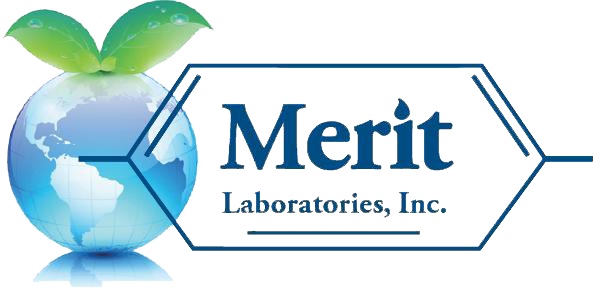New PFAS Contamination Site Tracker includes 17 Michigan Sites
Northeastern University’s Social Science Environmental Health Institute (SSEHRI) is performing a PFAS study that tracks sites with contamination. The SSEHRI is collecting data from sites throughout the world with PFAS contamination, including 17 sites located in Michigan.
According to Northeastern University, the PFAS Contamination Site Tracker records “qualitative and quantitative data from each site in a chart, specifically examining discovery, contamination levels, government response, litigation, and health impacts. All data presented in the chart were extracted from government websites, such as state health departments or the Environmental Protection Agency, and news articles.”
The following information is included in the Northeastern University PFAS Contamination Site Tracker (source Northeastern University, SSEHRI):
Discovery: The chart documents the date of discovery and the source of discovery, giving specifics, when available, on where samples were initially taken and the parties responsible for sampling. Activity at a site suspected or reported to be the source of contamination is documented as well in a separate column.
Contamination Details: Five columns document specific water sampling sites that yielded positive results. PFAS is a class of chemicals that includes PFOA (perfluorooctanoic acid), PFOS (perfluorooctanesulfonic acid), PFNA (perfluorononanoic acid) and PFHxA (perfluorohexanoic acid). PFOA and PFOS each constitute a column, as they are the most commonly found and potent PFASs at contamination sites. Other PFASs are entered if present in an additional column. When possible, a combined measure of all contaminants is recorded. All measurements are presented in parts per trilion (ppt), a.k.a. nanograms per liter (ng/L).
Government Response: The document also records government actions taken or statements given regarding a contamination event, specifically looking at water treatment and alternative water sources provided to residents. This may include installing carbon filtration systems, delivering bottled water to homes, extending a municipal line to affected homes, or purchasing water from unaffected neighboring municipalities.
Litigation: Any lawsuits filed on behalf of residents are indicated in the chart. Higher profile cases, such as Hoosick Falls, involve an elevated amount of litigation, while residents from newer or smaller contamination episodes have not filed against responsible parties.
Health Impacts: The chart records biomonitoring availability for residents.
Media Coverage: The attention a contamination site receives varies greatly from case to case. The chart logs an evaluation of media coverage for each site, noting any in depth attention from major news organizations.
Please contact Merit Laboratories for assistance on your PFAS testing needs. Merit performs PFAS environmental laboratory testing on groundwater, drinking water, and other sample matrices at our laboratory. Merit Laboratories offers two analytical options for PFAS: EPA 537 and ASTM D7979 with Isotopic Dilution. We are always happy to guide you through sample collection container needs, compound lists, holding times, and method selection.

